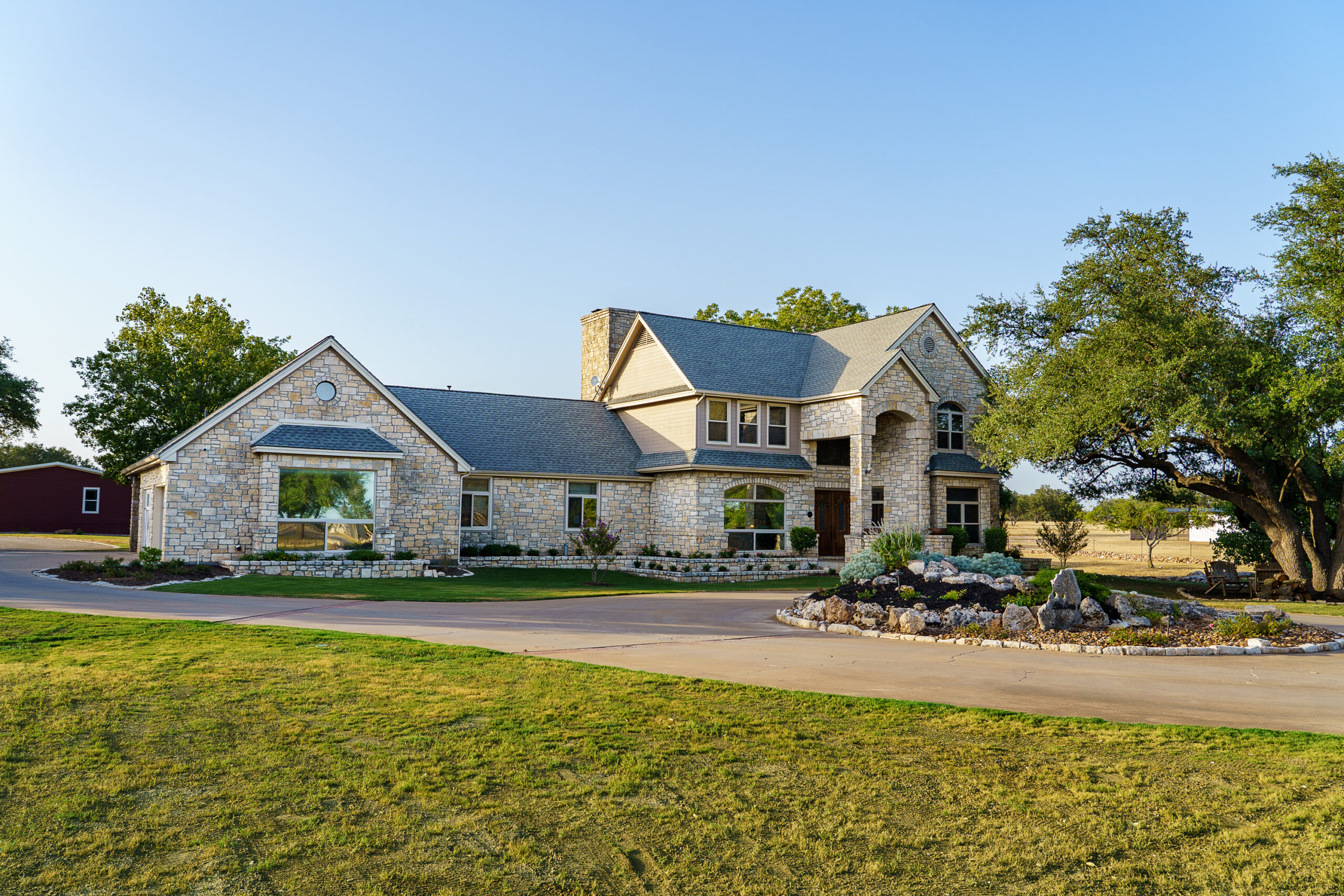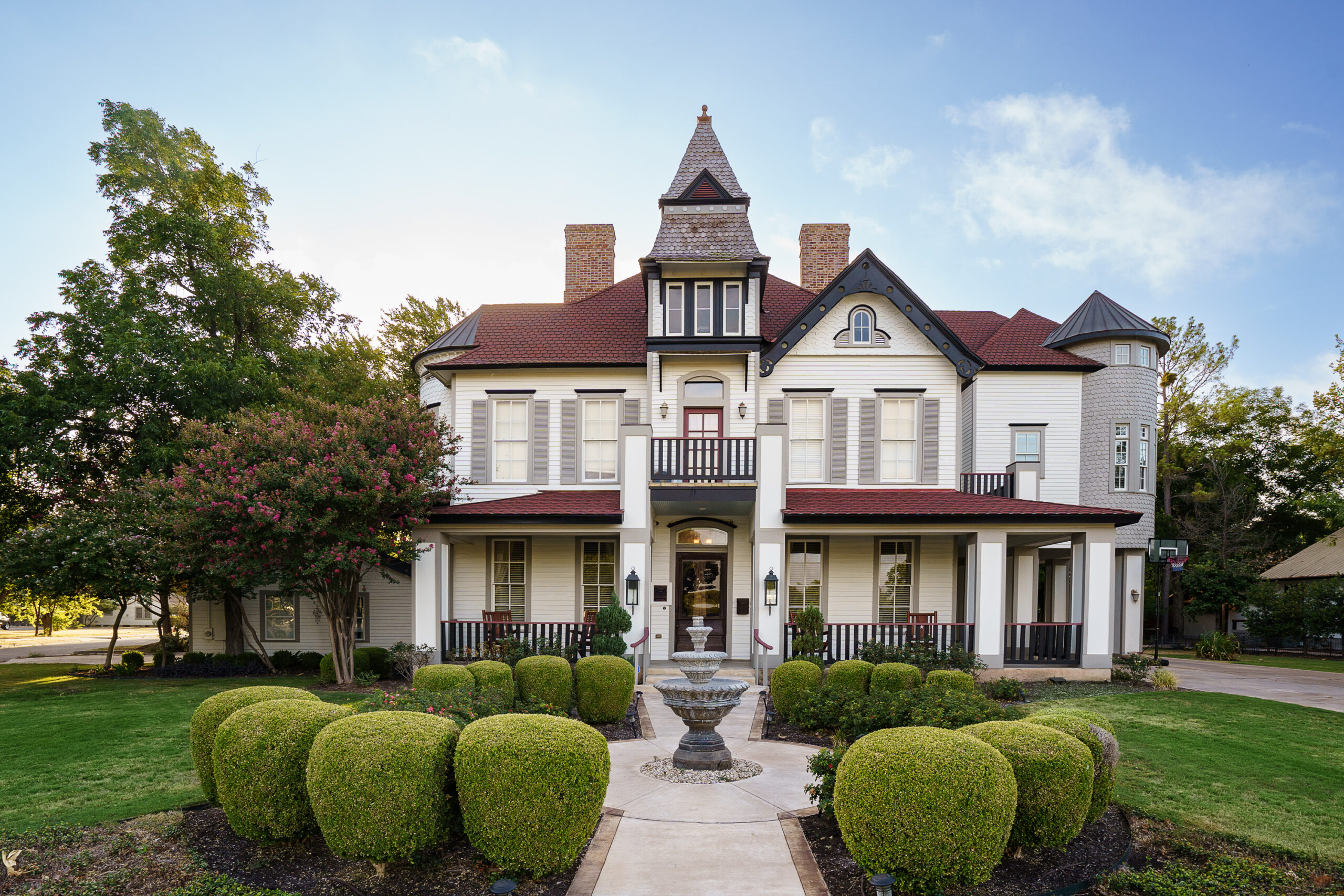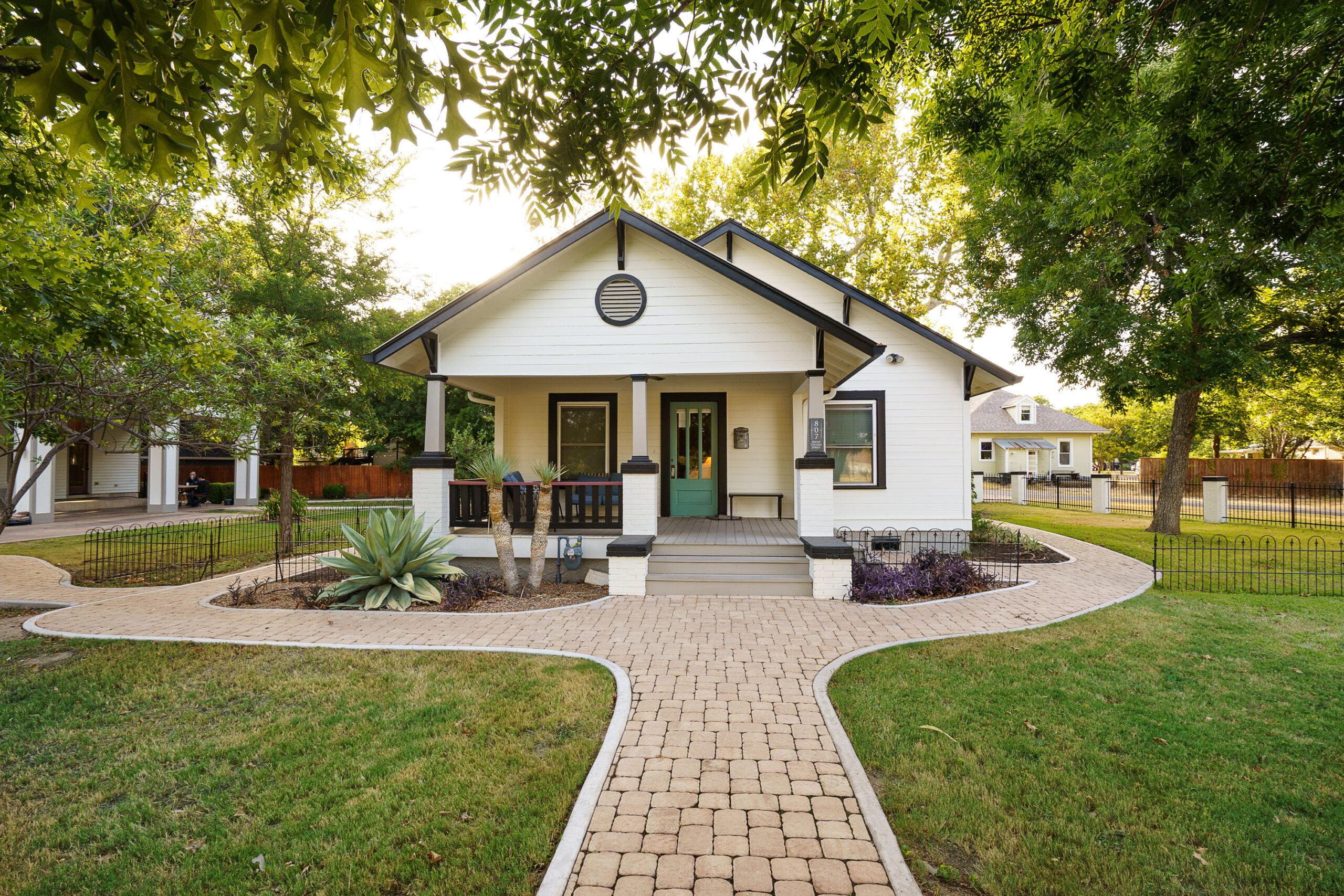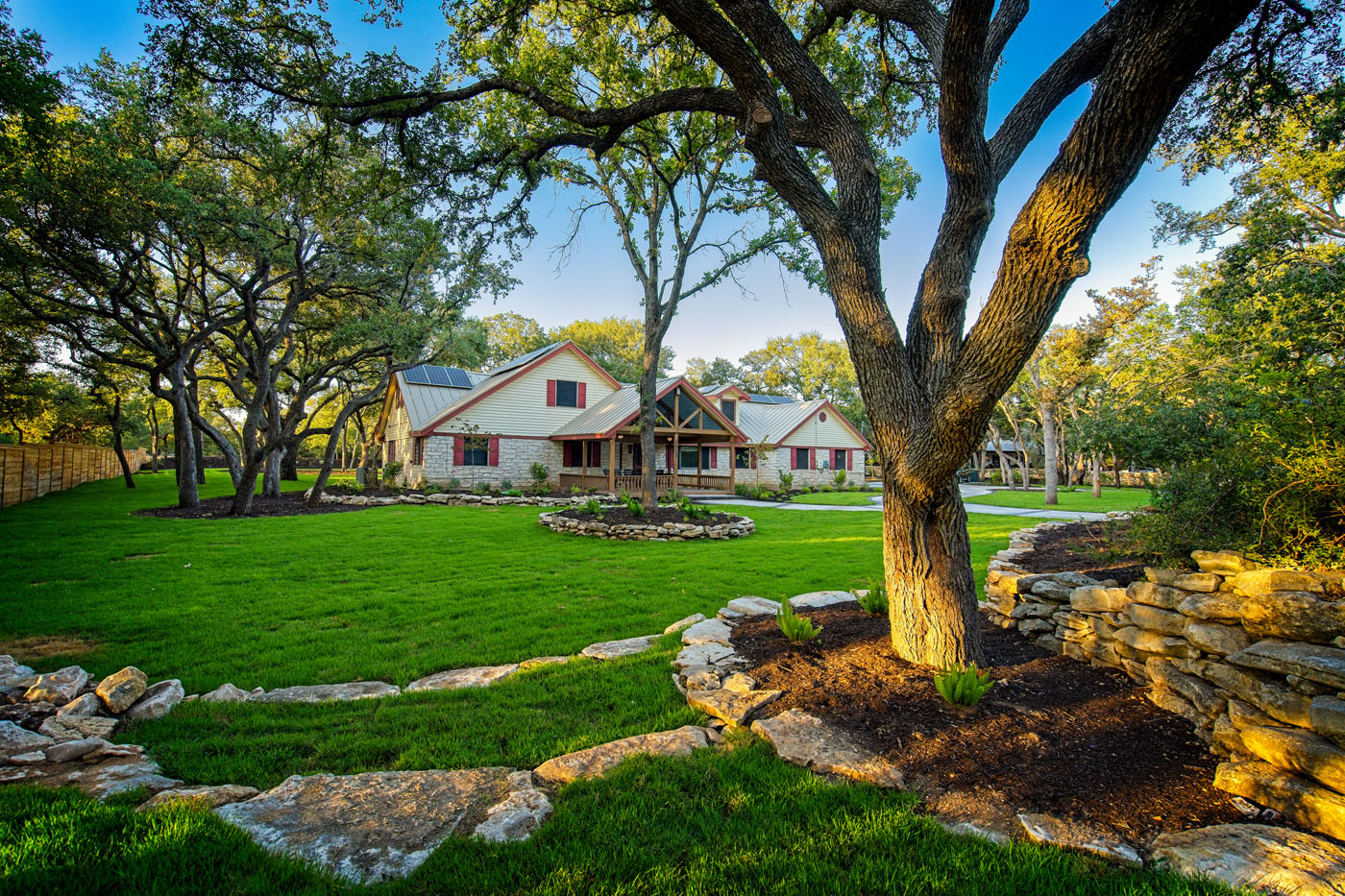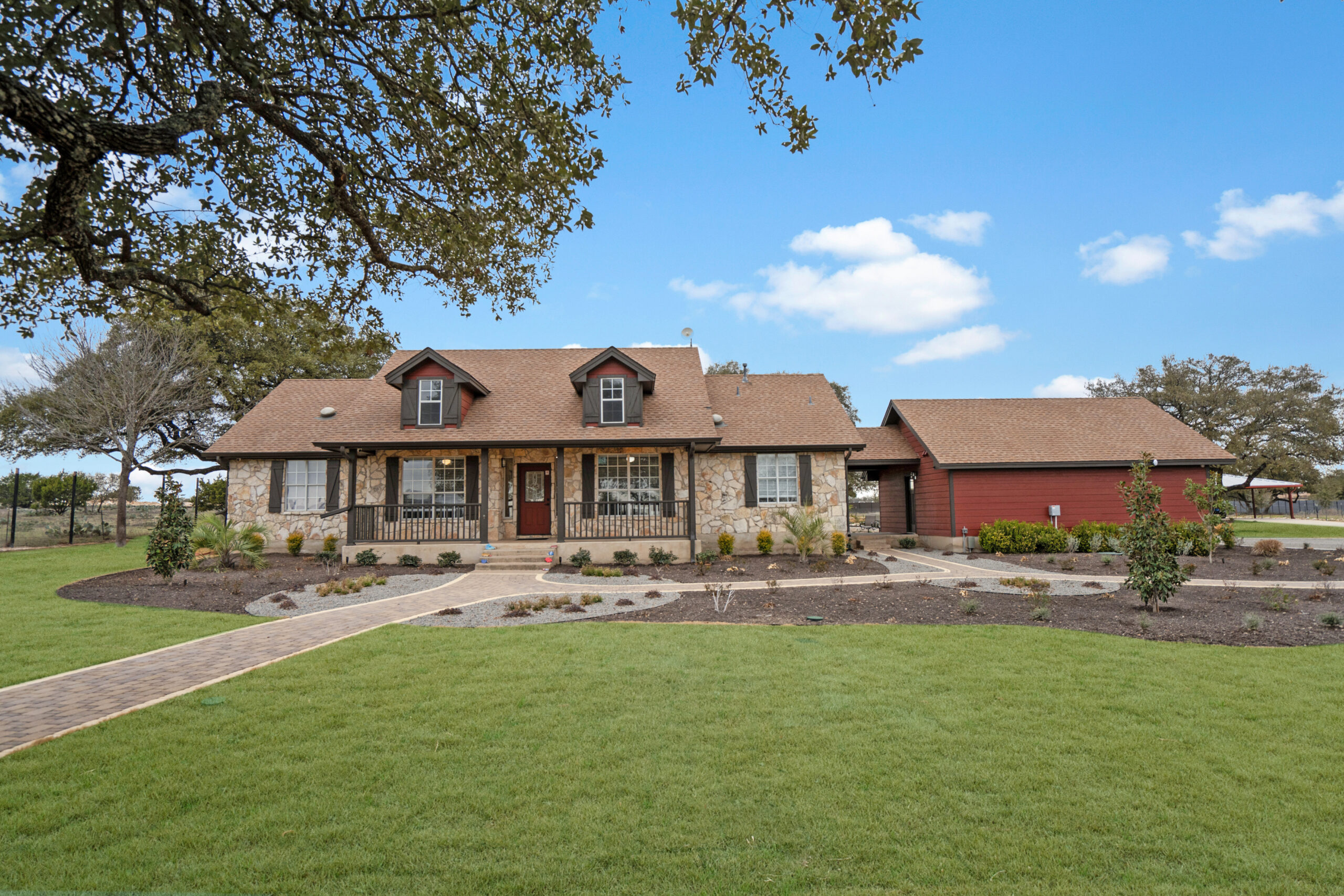Long Term Care for Bipolar Disorder
Long term bipolar treatment facilities serve as a lifeline for those navigating the often tumultuous seas of mood disorder. As a mental health professional with over 20 years of experience, I have seen firsthand the profound impact such facilities can have on individuals and their families. The stability offered by these facilities enables patients to receive consistent care, tailored to manage the chronic nature of bipolar disorder effectively.
These facilities don’t just treat symptoms; they provide a haven where patients can focus on achieving balance in their lives. Long term bipolar treatment facilities are designed to offer comprehensive support, combining medical treatment with psychological and social care. This holistic approach ensures that patients build the resilience needed to tackle everyday challenges.
A key component of these facilities is their ability to offer extended support. Patients benefit from ongoing access to psychiatric consultations, medication management, and therapy sessions. This continuous care model is crucial in managing the unpredictable nature of bipolar disorder, reducing the likelihood of relapses and fostering long-term stability.
Key Elements of Effective Treatment
Effective long term bipolar treatment facilities share several characteristics. They integrate a range of therapeutic approaches, ensuring that each patient receives a customized treatment plan. Among the many therapies available, cognitive behavioral therapy (CBT) and dialectical behavior therapy (DBT) are particularly beneficial. These therapies help patients develop coping strategies and build emotional regulation skills.
- Medication Management: This is a cornerstone of bipolar treatment, with mood stabilizers and antipsychotics commonly prescribed to manage symptoms.
- Personalized Therapy: One-on-one sessions tailor strategies to individual needs, addressing personal triggers and stressors.
- Family Involvement: Engaging family members in the process helps create a supportive home environment, enhancing recovery prospects.
- Recreational Therapy: Activities like art and physical exercise are used to boost mood and wellness.
Long term bipolar treatment facilities also focus on life skills training. Patients learn practical skills to improve daily functioning, such as time management, financial planning, and healthy living practices. These skills are essential for fostering independence and improving quality of life.
How to Choose the Right Facility
Selecting a suitable facility is crucial to successful long-term treatment. Here are steps to guide this important decision:
- Assess Your Needs: Determine the specific treatment needs based on the severity of bipolar symptoms and any co-occurring disorders.
- Research Facilities: Look for facilities that have a proven track record with experienced professionals and accreditations that reflect their expertise.
- Visit the Facility: Schedule a tour to gauge the environment, ask questions about their approach, and meet the staff.
- Check Insurance Coverage: Confirm the extent of your insurance coverage for long-term inpatient care or explore financial assistance options if needed.
- Consult with Professionals: Seek advice from doctors or therapists to get their recommendations on which facilities best meet the patient’s needs.
Remember, the goal of long term bipolar treatment facilities is not just to manage symptoms. They aim to empower individuals to lead fulfilling lives despite the challenges posed by their condition.
A Personal Success Story
Early in my career, I worked with a patient named Lisa. She was admitted to a long term bipolar treatment facility after years of struggling with conventional outpatient therapy. At first, Lisa was hesitant and skeptical about whether the facility would offer anything new to her treatment. But she quickly discovered the value of continuous care in a structured environment.
Lisa’s journey included regular therapy sessions that helped her unpack years of negative self-perception. The community environment at the facility provided her with a sense of belonging and understanding she hadn’t found elsewhere. Her steady progress was remarkable; she went from experiencing frequent mood swings to achieving stable moods for the first time in years.
Today, Lisa is a testament to the transformative power of long term bipolar treatment facilities. She continues to maintain a healthy, balanced life, sharing her story to inspire others facing similar challenges.
What Qualifies as Long Term Bipolar Treatment Facilities?
Long term bipolar treatment facilities are specialized centers providing extensive, continuous care for individuals with bipolar disorder. These facilities focus on managing the condition over an extended period, often offering inpatient or residential programs.
Such facilities typically provide comprehensive services, including medication management, various forms of therapy, and life skills training. They differ from short-term programs by offering sustained support tailored to address the chronic nature of bipolar disorder. This approach helps minimize relapses and maximizes the potential for patients to lead fulfilling lives.
What makes long-term care crucial for managing bipolar disorder?
Long-term care is vital for managing bipolar disorder because it provides continuous and consistent support tailored to the chronic nature of the condition. Unlike short-term treatments that might only address immediate symptoms, long-term facilities offer an environment where patients can receive ongoing psychiatric consultations, medication management, and therapy. This continuous care helps reduce the likelihood of relapses and fosters stability by building resilience in patients to handle everyday challenges. Imagine someone navigating a stormy sea; long-term care acts as a lighthouse, guiding them steadily towards calmer waters.
What are the key components of effective long-term bipolar treatment facilities?
Effective long-term treatment facilities combine a variety of therapeutic approaches to cater to individual needs. Key components include medication management with mood stabilizers and antipsychotics, cognitive behavioral therapy (CBT), and dialectical behavior therapy (DBT) to build coping strategies. Family involvement is another crucial element, as it helps create a supportive environment at home. Additionally, life skills training equips patients with practical skills such as time management and financial planning, which are essential for improving quality of life and fostering independence. At Alta Loma, for instance, these elements are integrated into a comprehensive care program aiming to treat the whole person, beyond just managing symptoms.
How do I choose the right long-term bipolar treatment facility?
Choosing the right facility involves several steps. First, assess your needs based on the severity of symptoms and any co-occurring disorders. Then, research facilities with proven track records and accreditations, like Alta Loma, which specializes in comprehensive mental health care. Visiting potential facilities can provide insight into their environment and approach. It’s also crucial to check insurance coverage or explore financial assistance options. Consulting with mental health professionals can offer additional guidance. Remember, the goal is to find a place where you or your loved one can not only manage symptoms but thrive in a supportive and structured environment.
What are common misconceptions about long-term bipolar treatment facilities?
Many people mistakenly believe that long-term facilities are only for severe cases or that they are akin to institutionalization. In reality, these facilities are designed to provide a supportive, community-oriented environment that emphasizes personal growth and autonomy. Another misconception is that medication is the only focus. While medication management is critical, comprehensive programs like those at Alta Loma also integrate therapies and life skills training to address the broader aspects of well-being. Understanding that these facilities aim to empower individuals rather than just treat symptoms can shift perceptions significantly.
How do long-term bipolar treatment facilities impact patients’ families?
Long-term facilities can have a profound impact on families by alleviating some of the stress associated with caring for someone with bipolar disorder. Through family involvement in the treatment process, facilities like Alta Loma help families understand the condition better, improving communication and support within the household. This engagement not only enhances the patient’s recovery prospects but also improves the family’s overall well-being, creating a more harmonious living environment. Have you ever considered how family dynamics might shift positively when everyone is on the same page regarding treatment strategies? Feel free to share your insights or experiences in the comments below.
One such story is of a patient named Lisa, who initially resisted the idea of long-term treatment. Upon joining a facility, she found value in the structured environment and the continuous care. Regular therapy sessions allowed her to unravel years of negative self-perception, while the community provided support and understanding. Over time, Lisa managed to stabilize her mood swings, achieving a balanced life for the first time in years. Her journey illustrates the transformative potential of long-term treatment, emphasizing that stability and fulfillment are achievable goals. Have you ever witnessed a similar transformation? Feel free to share your thoughts below to inspire others.
What advanced insights can you provide about long-term bipolar treatment facilities?
Advanced insights into long-term bipolar treatment include the shift towards personalized medicine and the integration of technology in care provision. Some facilities are now utilizing digital tools for remote therapy sessions and medication monitoring, ensuring continuity of care even from a distance. Moreover, there is a growing recognition of the importance of lifestyle factors in managing bipolar disorder. Facilities like Alta Loma are incorporating nutrition planning and recreational therapy as key components of their programs. These innovative approaches not only maximize treatment efficacy but also empower patients to take an active role in their own recovery. As we continue to explore new frontiers in mental health care, what are your thoughts on the role of technology in enhancing treatment outcomes?
